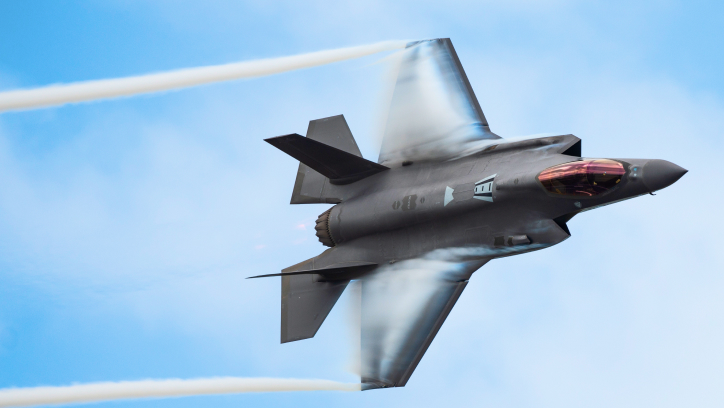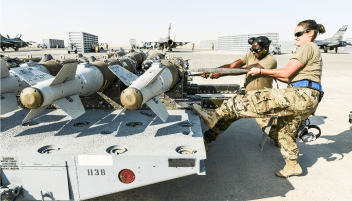U.S. Strategy Toward Iran: Restoring Deterrence, Enabling Diplomacy
In this policy forum, experts discuss strategies for addressing escalating tensions between the United States and Iran. What can the…
In this policy forum, experts discuss strategies for addressing escalating tensions between the United States and Iran. What can the…
ARLINGTON, VA (December 4, 2019) — The Mitchell Institute for Aerospace Studies is pleased to announce a new entry in…
An interview with Lt Gen (Ret) David Deptula on Mosaic Warfare, Strategy, and the Digital Century Series.
The episode starts with a discussion on his study of mosaic warfare, or the concept of disaggregating functions into simpler systems…
U.S. Air Force bombers represent a crucial capability needed to support the 2018 National Defense Strategy, with the range, payload, endurance,…
Even when they’re not directly fighting, potential adversaries are always watching and studying. That’s something the Air Force is keenly…

Empowering actors at all levels with a smart set of options at the right time and place demands procuring the most effective, efficient, and resilient set of tools.

No matter the mission, from air superiority and long range strike to air mobility and command and control, a broad range of missions executed in the air provide vital options at the strategic, operational, and tactical realms.

Resource investment must prioritize investments that will yield best value for the Air Force, Space Force, and national security establishment as a whole.

Strategic deterrence is the bedrock of the national security enterprise thanks to the virtues and value of the triad.

National security space activities are essential facets of any military operation, while also creating conditions essential for the civilian economy.